
Clean, safe and orderly - that's how we like to describe Geneva. Situated on the shores of Lake Geneva, the "Grande Dame" enjoysa privileged setting between lake and mountains, offering a peaceful atmosphere at all times of the year. Geographically and culturally linked to France, Geneva is also a renowned international city, home to major institutions such as the Red Cross and the United Nations. Petit Futé offers you its must-sees for a successful visit!
And if you're planning a trip to Switzerland, don't miss our dedicated article "What to do in Switzerland? The 25 most beautiful places to visit" to help you prepare for your trip!
1. The Palais des Nations, a breath of peace

Built between 1929 and 1936 in the Parc de l'Ariana, the Palais des Nations has been the European site of the United Nations since the Second World War. The second largest center after New York, with 2,000 offices and 34 conference rooms, the Palais des Nations is more than a museum - it's a living, breathing place. The Place des Nations, with its large marble blocks representing the UN's member countries, is an impressive sight. There's also the famous" broken chair " on three legs, a terrible image of the fate of landmine victims..
If you'd like to see the Palais des Nations, we recommend booking this geneva bus tour. You'll pass the United Nations Office, where you can take photos and admire the view of the magnificent Lake Geneva.
2. The English Garden, on time
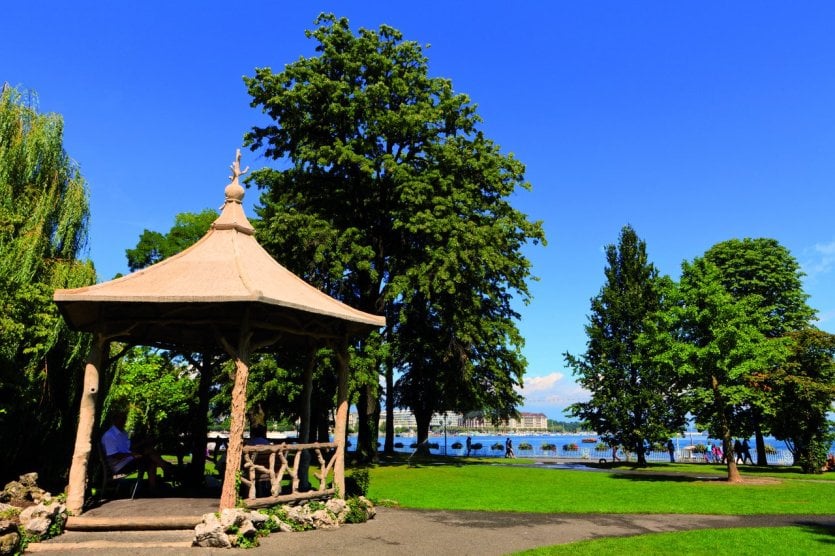
This is one of the city's most popular gardens, just a stone's throw from the jet d'eau, where you can admire one of the finest panoramas of Lake Geneva. Its 4 m diameter flower clock is redesigned every year. With over 6,000 different flowers, it's a veritable palette of colors ! Laid out in 1854, this garden was the first to follow the English model in Geneva. In summer, its enormous bronze fountain refreshes strollers who come to enjoy the free concerts. A bucolic stopover if ever there was one!
3. The Reformers' Wall, a slice of history

Built in 1909 to mark the 400th anniversary of Calvin's birth, the Reformers' Wall is set against the city's ancient walls in the Parc des Bastions. It features four monumental statues representing the four great figures of the Reformation : Guillaume Farel, Jean Calvin, Théodore de Bèze and John Knox. Six smaller statues also pay tribute to other personalities linked to this historic period. Behind them, you can admire the motto of the Reformation and of Geneva: Post Tenebras Lux (After Darkness, Light).
Want to find out more about Geneva's history? This audio-guided tour of the city will introduce you to the history of Geneva's main landmarks and how they relate to anger, justice, courage and other human sins and virtues.
4. The majestic Saint-Pierre Cathedral
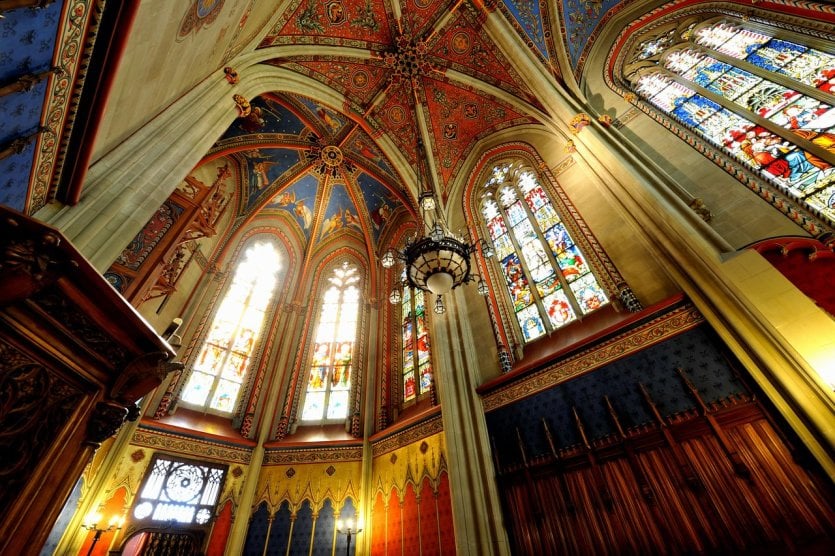
Built from 1160 onwards in Romanesque-Gothic style, St. Peter's dominates the city. The interior is quite sober, having lost most of its furnishings when the cathedral became a Protestant place of worship during the Reformation. Brace yourself and climb the 157 steps to the top of the north tower to admire the bell and the splendid panorama of the city and its surroundings... If you prefer to stay on earth, the archaeological tour will reveal the history and richness of this monument.
5. The old town and its jewels
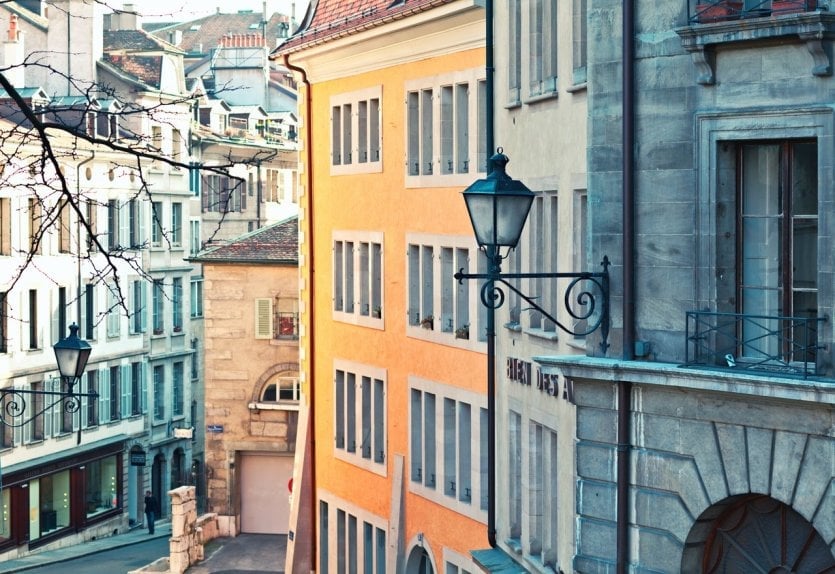
Geneva is Switzerland's largest historic city. A stroll through its charming historic center reveals unsuspected beauties, such as the typical Place du Bourg de Four , where fairs were held in the Middle Ages. As for the Place de Neuve, it's all about culture, with three great 19th-century buildings: the Musée Rath, the Grand Théâtre and the Conservatoire de Musique. In the center, the statue of General Dufour, co-founder of the Red Cross, reigns supreme. But the best way to discover Geneva is to lose yourself in its narrow streets, to the rhythm of Lake Geneva... We recommend that you explore Geneva's old town and international quarters on this 2-hour sightseeing tour . You'll discover the main attractions, such as the jet d'eau on Lake Geneva, St. Peter's Cathedral and the Flower Clock.
6. The botanical garden, a green setting

On the shores of Lake Geneva, the botanical garden is a veritable institution in Geneva. It is world-renowned for its impressive collection of ancient herbariums. During a pleasant stroll, visitors can admire over 50,000 bulbous plants, centuries-old trees and temperate and tropical greenhouses. The garden of scents and touch, designed for the visually impaired, is a wonderful initiative. It's the ideal place to discover our plant heritage!
7. The International Red Cross and Red Crescent Museum

Geneva is the birthplace of the Red Cross, so it's only natural that it should have a museum dedicated to its actions and projects. The permanent exhibition, entitled "The Humanitarian Adventure", provides food for thought on a wide range of humanitarian issues, with poignant testimonies from victims of war and natural disasters in the "Defending Human Dignity" room. A visit for the whole family..
Make the most of your stay in Geneva with free admission and discounts to several Geneva museums, including the Red Cross Museum, thanks to the Geneva City Pass , which you can buy purchase here.
8. Carouge, the Swiss dolce vita

Beneath its cold exterior, Geneva hides many secrets... A stone's throw from the city center lies Carouge, a small town full of charm. Its Italian origins are evident in its atmosphere and architecture, as the town was built in the 18th century under the orders of the King of Sardinia to compete with Geneva. Often referred to as Geneva's "Greenwich Village", Carouge attracts artists and bohemian enthusiasts who come to enjoy the artisans, antique shops and trendy bars at dusk.
9. Climb to the top of Mont Salève
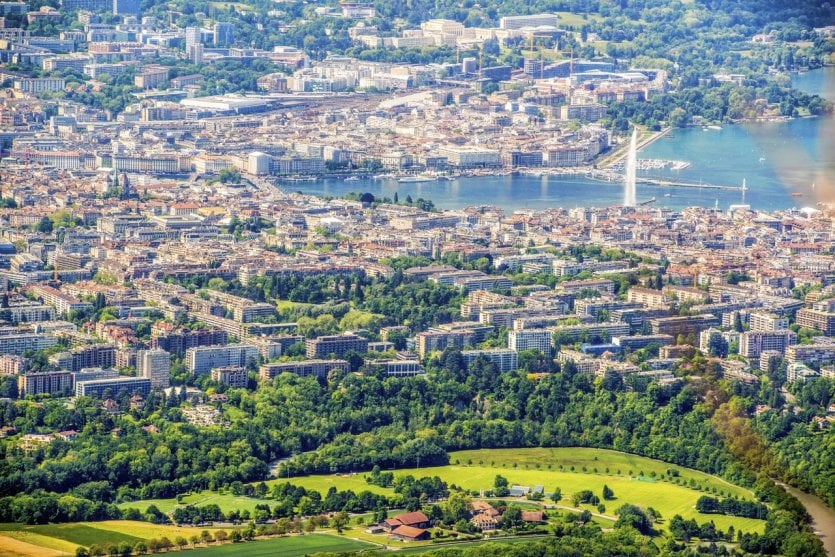
Just a few bus stops from the center of town and a five-minute cable car ride will take you to the top of Mont Salève, at an altitude of 1,100m . The views are impressive: Geneva, the Jura, the Alps and Mont-Blanc, as well as Lac d'Annecy, are all within view. Sports enthusiasts won't regret the walk, as there are plenty of activities to choose from: hiking, paragliding, cross-country skiing or mountain biking - the choice is yours!
10. The jet d'eau, the city's emblem
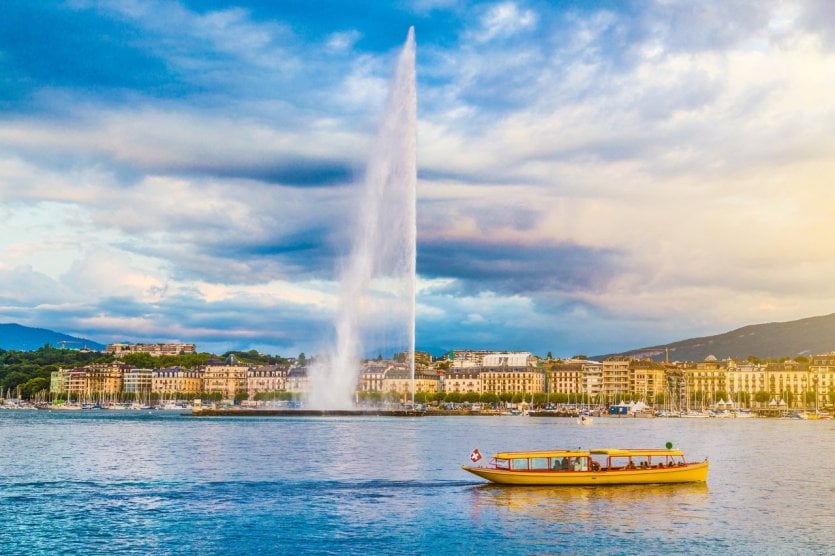
It's Geneva's best-known landmark: the impressive 140-metre water jet that sits at the center of the Rade! Did you know that it rises to a height of 140 metres and discharges 500 liters of water per second at a speed of 200 km/h? Don't get too close if you want to stay dry! In 1886, it was merely a safety valve used to create extra flow for businesses and craftsmen. Its original purpose was not aesthetic, but to serve as a safety valve for the city's waterworks! Today, it's the city's main tourist attraction. Visitors come to film it and snap a few photos while strolling along the Eaux Vives jetty.
11. A visit to CERN, the European Organization for Nuclear Research
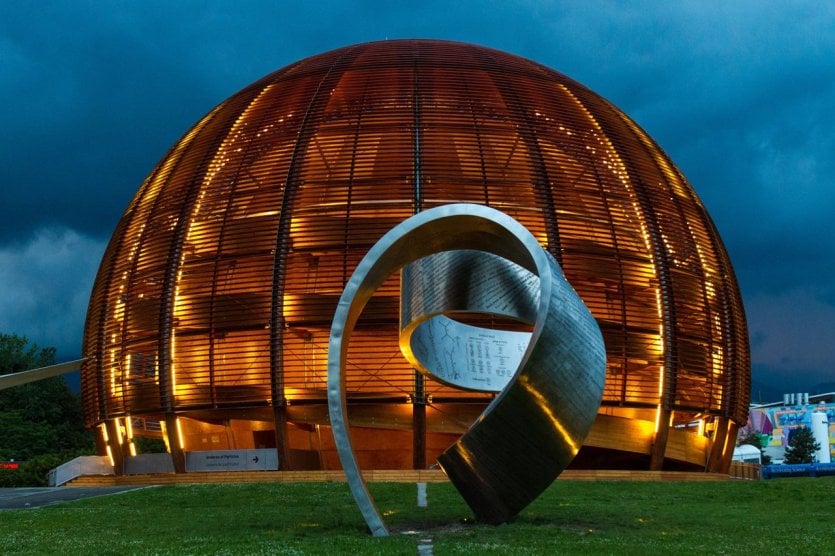
A visit to CERN is a must when in Geneva, if only to admire its astonishing dome-shaped architecture . Inside, visitors are in for a highly instructive stroll. This is one of the world's largest scientific laboratories. How did the world begin? That's the question physicists working here are trying to answer, using particle gas pedals and detectors including the Large Hadron Collider (LHC). Don't miss the "Universe of Particles" permanent exhibition and Microcosm, CERN 's interactive museum, which takes you on a tour in the shoes of a great scientist.
12. Stroll through MEG, Geneva's ethnographic museum

As you stroll through the Plainpalais district, its architecture catches the eye. Take the time to go inside and discover a place for sharing and discovering the world's cultures. The museum has a permanent collection, but also frequently organizes temporary exhibitions. The various sections are devoted to a specific continent, and there is also a space dedicated to the history of the collections and another to ethnomusicology. In 2017, this grand venue, which showcases beautiful works of art from the four corners of the globe, was awarded the European Museum Prize, the highest distinction for a museum in Europe.
13. Relax at the Bains des Pâquis

The Bains des Pâquis is the place to go for a swim in the heart of the city . You can also dine here, take part in water sports or get a massage. The perfect place to relax and have fun. While visitors and locals alike love to go there in summer, a visit in winter is a must to enjoy the sauna, hammam and Turkish bath. The atmosphere is friendly, warm and intergenerational. A moment at the refreshment bar offers a pleasant lakeside experience and beautiful views over the city.
14. Enter the Maison Tavel
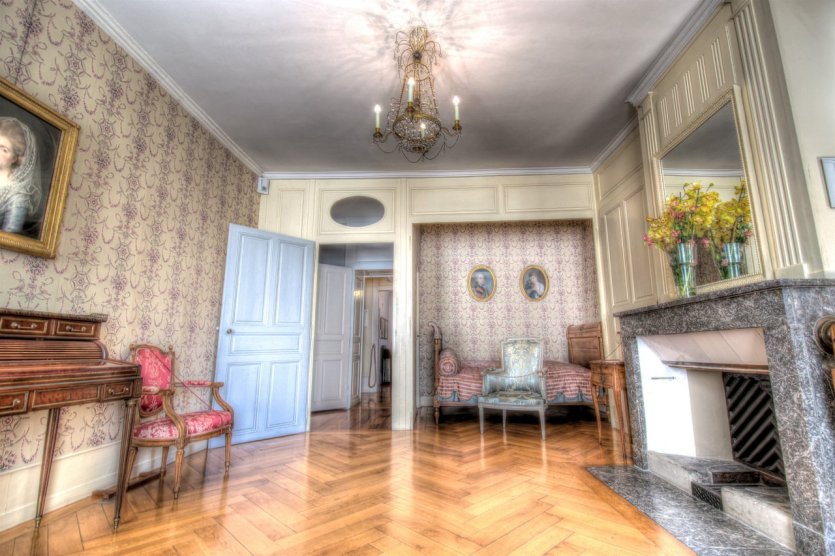
This listed residence in the heart of the Old Town is also the oldest private dwelling in Geneva. The Maison Tavel is a splendid example of medieval civil architecture. Although it was occupied by a number of influential families during its history, it was subsequently acquired by the City of Geneva, which has been operating it as a remarkable museum since 1986. During your visit, you'll discover the urban evolution of the city, as well as the different aspects of the past life of its inhabitants. Also not to be missed is the Relief Magnim, a scale model reconstituting the city of Geneva before the demolition of the fortifications in 1850.
15. The Barbier-Mueller Museum, a stopover in the heart of the Old Town
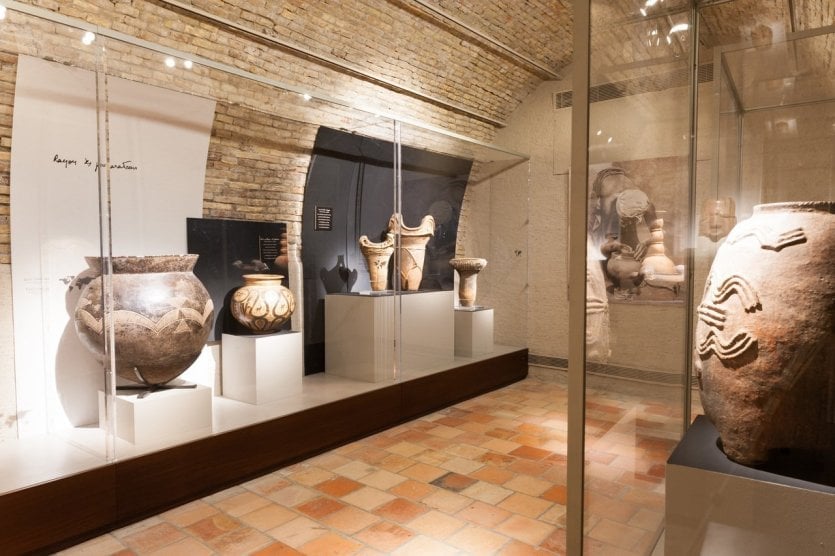
The Barbier-Mueller Museum exhibits genuine artistic treasures from so-called primitive civilizations around the world. On display are fabrics, ornaments and sculptures from tribal and classical antiquity, Asia, Oceania, Africa and the Americas. These must-see masterpieces are carefully presented in an intimate setting that invites silent contemplation. There are also a number of outstanding temporary exhibitions held throughout the year, providing further opportunities to plunge into the heart of the art of the world's cultures.
16. Go green in the Parc de la Perle du Lac
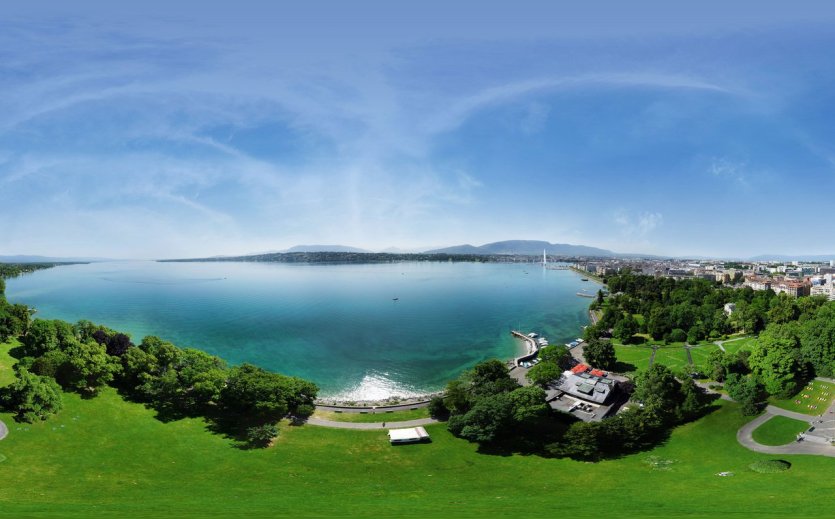
The Parc de la Perle du Lac is a vast green space on the shores of Lake Geneva. One of the city's most densely wooded parks, it offers idyllic views of the lake, which is why it was named by the wife of Rolex watch founder Hans Wilsdorf. It's a pleasant place to stroll or cycle, or to take a picnic with you for a gourmet break in a peaceful setting. Children will also find a playground here. The Villa Bartholoni, built in 1829, overlooks the park. It now houses the Museum of the History of Science.
17. Spend some time at the Ariana Museum, Swiss Museum of Ceramics and Glass
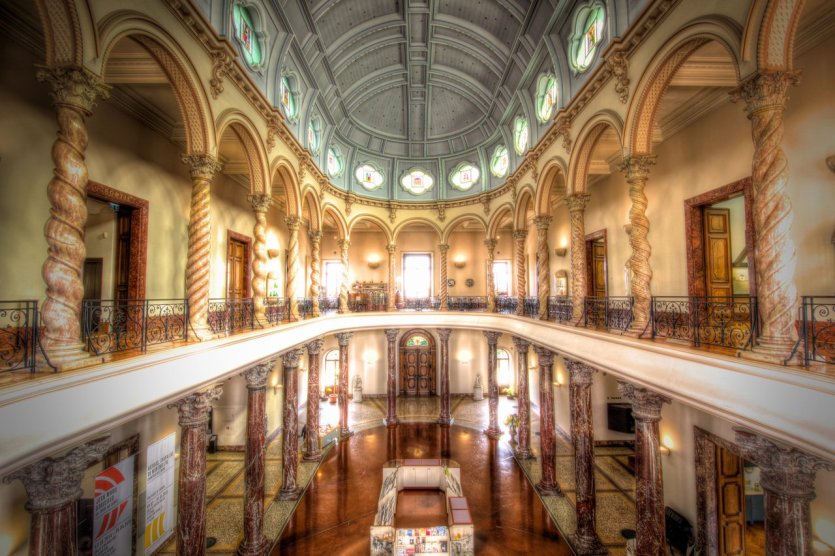
Housed in a splendid palace built at the end of the 19th century, this museum is one of the most important in Europe. It was renovated between 1981 and 1993 to provide a suitable museographic setting for its collections. It is organized in two parts, with permanent rooms and areas dedicated to temporary exhibitions. It retraces more than seven centuries of the history of ceramics and glass, both in Switzerland and around the world. Each creation is explained in detail, so that visitors can be guided as fully as possible through their discovery. Emphasis is placed on the interaction between Western ceramics and those of the Near and Far East.
When is the best time to visit Geneva?
In April, Switzerland is an ideal choice for outdoor enthusiasts! From Geneva to Lake Constance, via Lausanne, Zurich, Basel and Bern, Switzerland offers a wealth of opportunities for outdoor activities, despite its rugged terrain. The Alps, which cross the entire country, offer a wealth of hiking and mountain biking trails from spring onwards. Switzerland's lakes and rivers, meanwhile, are ideal for water sports and pleasant cruises on sunny days. And as a natural destination, Switzerland's cities, which are at the forefront of environmental protection, are not to be outdone. In short, Switzerland is a springtime paradise for nature lovers.
Planning a trip to Geneva? Take the opportunity to discover all the must-sees in Annecy too!


